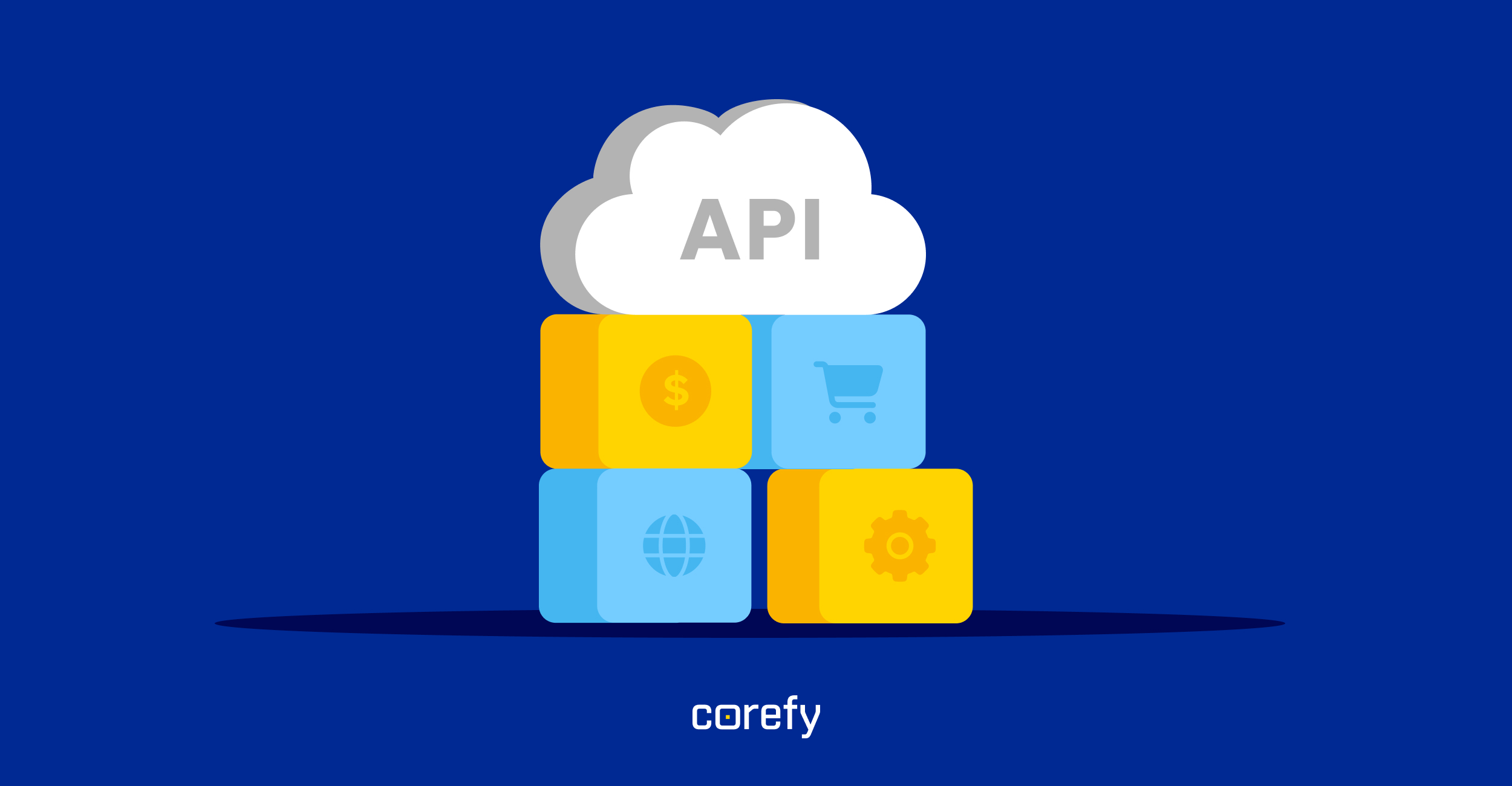Sticking with a payment provider that no longer fulfils your business needs is a terrible idea. Still, many businesses are reluctant to switch from their mediocre payment solution due to the lack of information about how it happens and the deemed complexity of the change process.
In today's article, we'll learn what makes businesses migrate from one payment provider to another and how they do it.
The most common reasons to change a payment provider
Most business owners name high fees and lack of technology as the primary reasons for changing providers. Besides, they may need more processing capabilities, better tools, new services, features, and payment methods for further growth. If the current solution is unable to provide it, there's a need to switch.
Sometimes, businesses just outgrow their payment partners, and what worked well for them earlier becomes insufficient. Put poor support and expensiveness on top of that, and you end up searching for ways to switch payment vendors.
How to switch from one payment provider to another
In general, there are two approaches to changing a payment provider:
- Integrating a new gateway without transferring customer data from the current provider. This approach won't work for you if you have a subscription-based business model or have had a 'Remember me' checkbox on your previous checkout page. That's because you'll lose all your customers' tokenised payment details. If the abovementioned issues aren't about your business, you can most likely choose this option. However, it's more like starting with a new gateway from scratch, not a provider migration. We have the flow described in one of our previous articles.
- Integrating a new gateway and migrating the data from the previous payment processor to the new solution. It can involve moving customer billing information, card details, tokens, and transaction history. Let's learn how it happens!
Migrating to the new payment provider explained
First, you should get a merchant account, build an integration with a new payment provider, and set up a new checkout solution. Since it's not your first payment processor, we believe you know the process well.
We have good news for you: most of the migration process hassles will be handled by your current and new payment providers. So, once you've chosen the new payment processor that is a better match for you, tell them you'd like to migrate your payment traffic to their solution and inform the representatives of your current payment gateway about it. Simply speaking, initiate the change process.
The following steps depend on many factors, from the transaction types you've had to the payment providers' approach. For example, some payment processors do not support payment history migration, and when you decide to change the gateway, you can only export and store the logs on your side.
Usually, you'll have to request your past provider to export all your customers' card details, including expiry dates, and provide this data to the new partner. Most merchant services providers prefer the .csv format, but check their documentation to ensure. The payment providers will make an agreement for the exchange of data. As for tokens, you'll have to undergo a complex procedure of card token mapping, reassociating cards to the newly generated tokens.
The provider you're moving from may charge an export fee, early contract termination fee, etc., and the provider you're starting with may charge a migration fee and a setup fee. Check the pricing for these services in advance. Moreover, the solution change is usually lengthy, taking a few days to several weeks.
That's it. After all these steps, you're up and running with a new provider and all your data.
Changing providers step-by-step
- Get a merchant account, integrate a new payment provider, and set up a new checkout.
- Inform the current and the new solution representatives that you want to change providers.
- Request your past provider to export all your customers' card details, including expiry dates, and provide this data to the new partner.
- Payment providers will exchange data.
- You'll have to undergo card token mapping, but there's a chance your provider won't leave you alone with it and handle it themselves.
How to make provider migration painless
You can take the pain out of provider migration by working with Corefy, a payment orchestration platform.

Our payment orchestration platform has 500+ ready-made integrations with payment providers and acquirers worldwide. When our clients want to switch payment providers, they don't need to deal with integrations and data transfer. All they have to do is set up a new provider account by entering credentials and making a few clicks. As simple as that!
Besides, our platform allows not just switching but working with multiple providers simultaneously. It's an excellent opportunity to benefit from the capabilities of several payment solutions. You can use our smart routing engine to distribute your payment traffic across merchant services providers in a desirable way to reach your business goals: lowering fees, increasing conversion rates, mitigating risks, etc.
From working with hundreds of clients, we’ve seen how orchestration can drastically simplify provider management and unlock financial upside. Curious how much your business could gain? Try our ROI calculator for a personalised estimate.



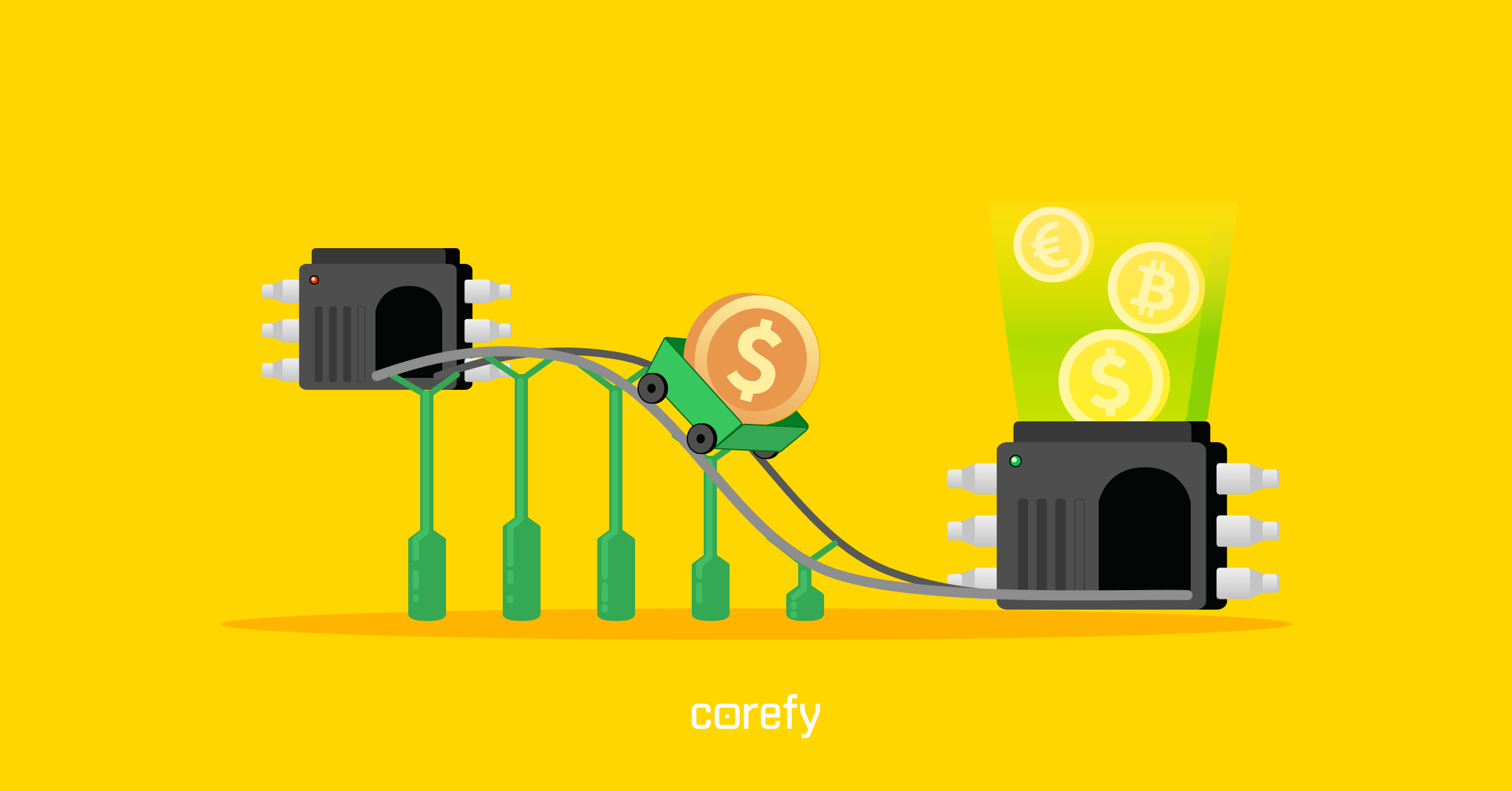
.jpg)

.jpg)
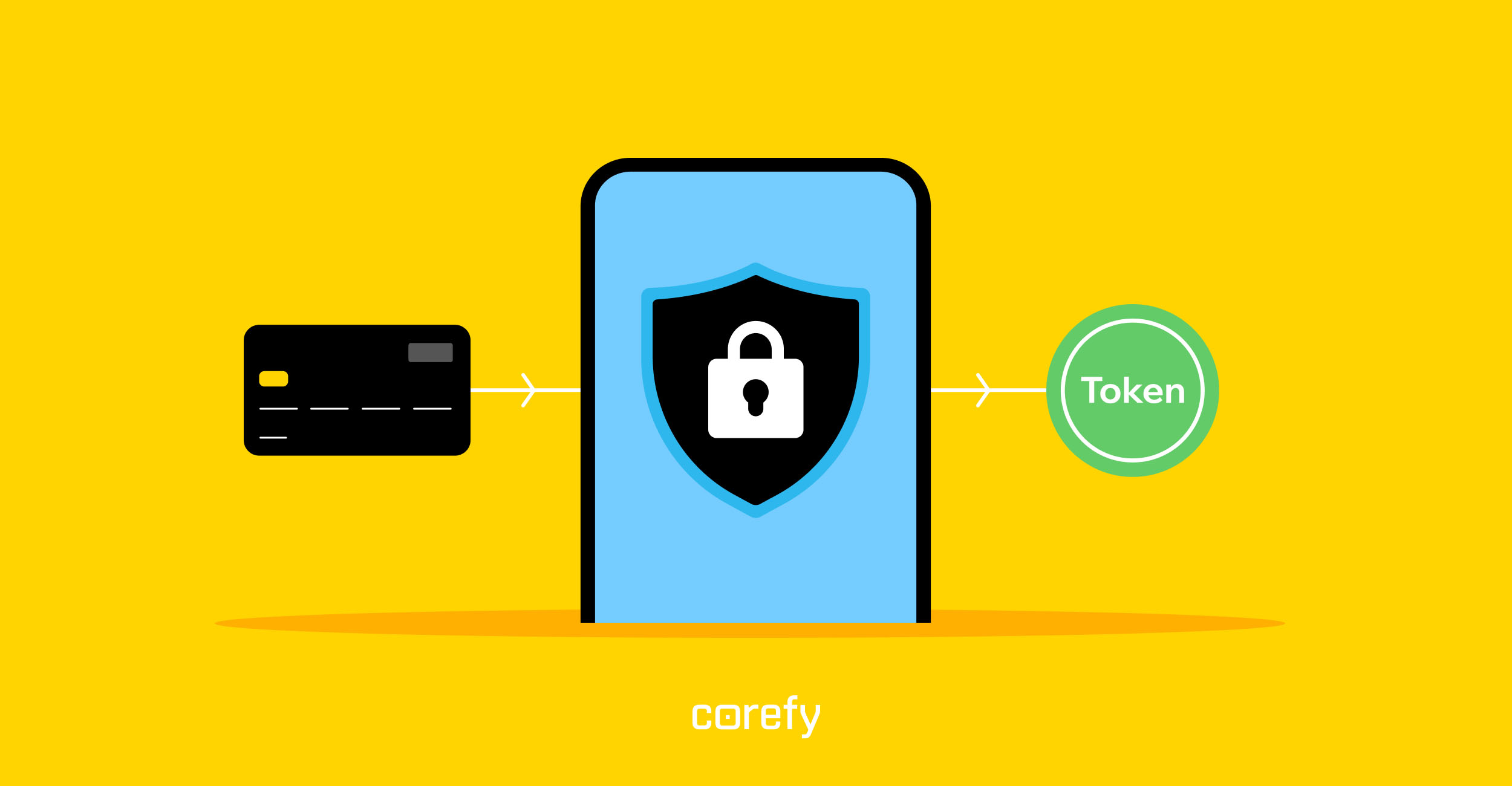
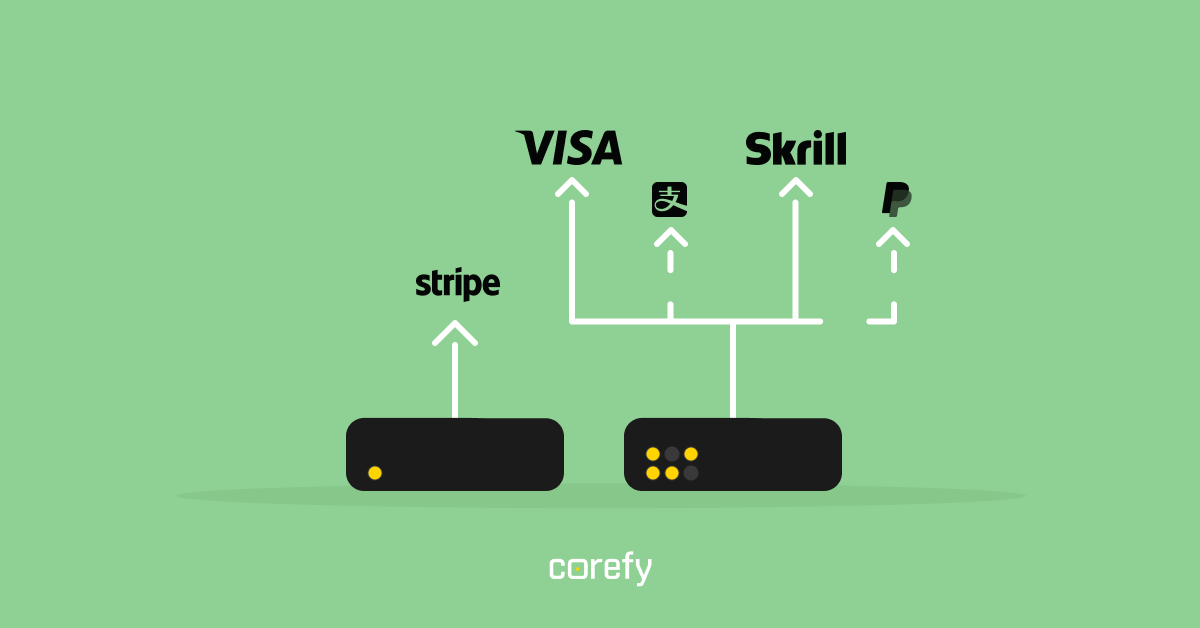
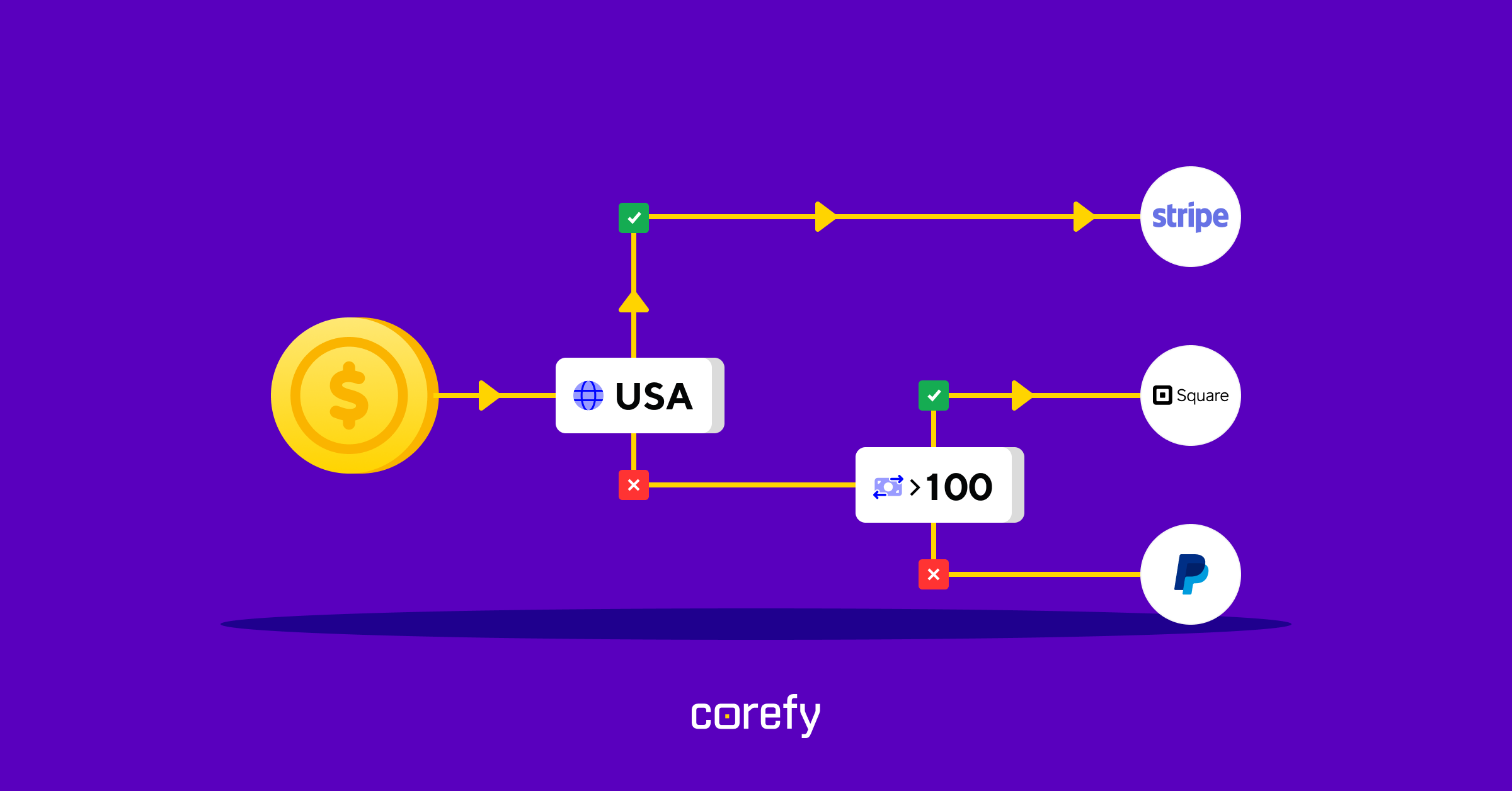
.jpg)
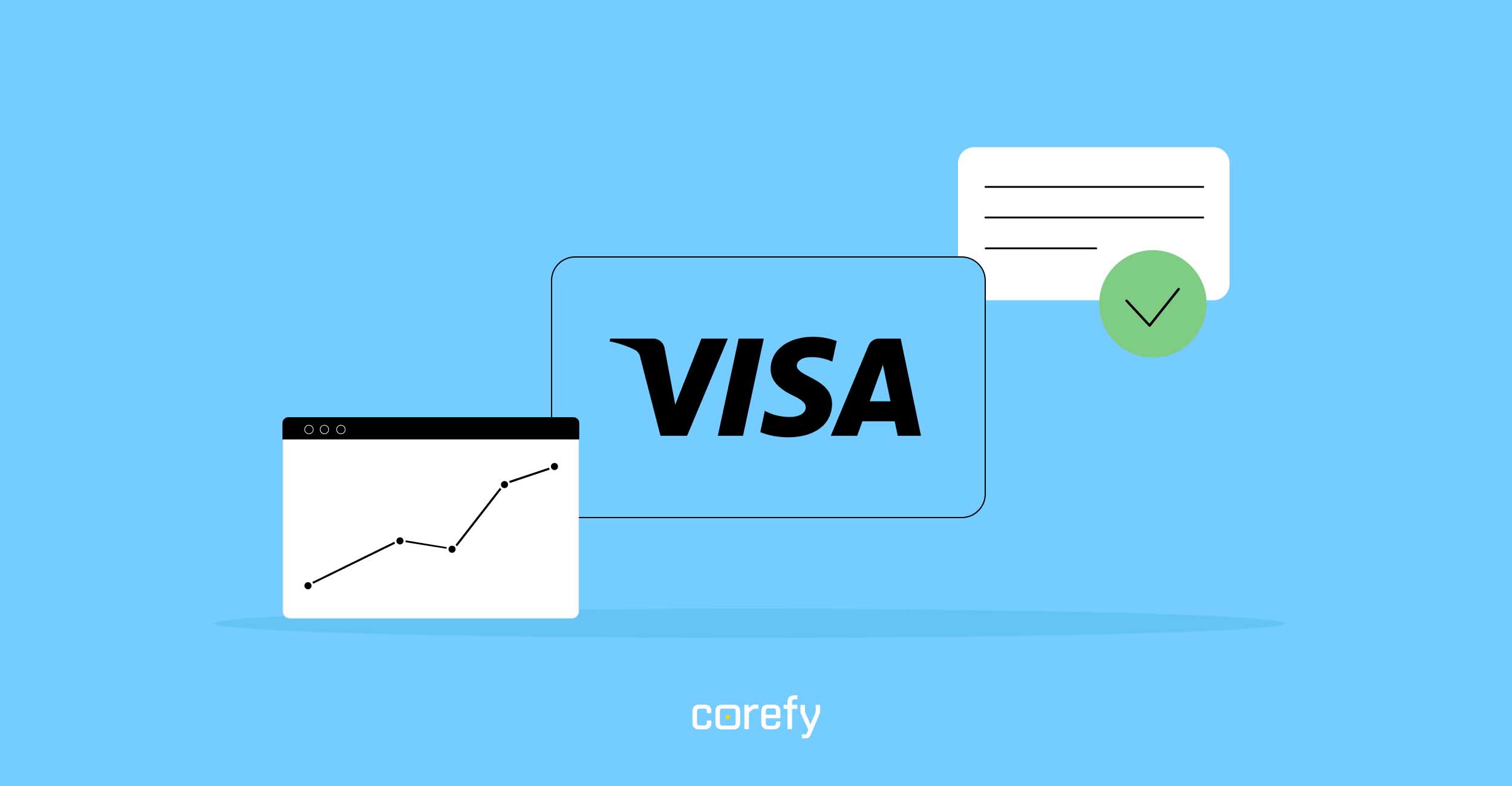
.jpg)
